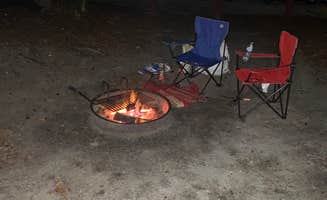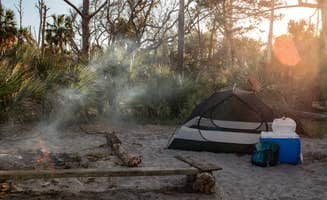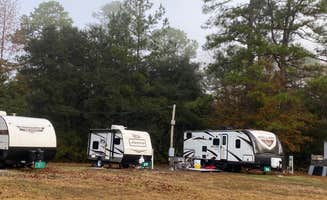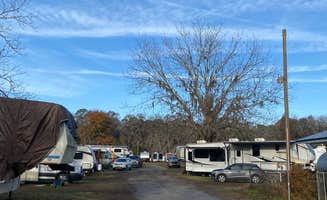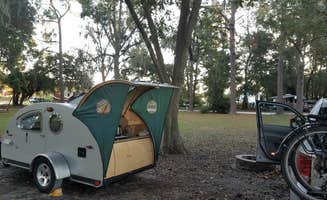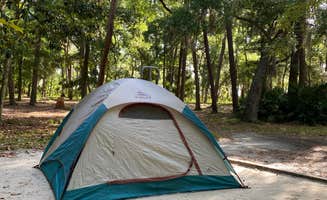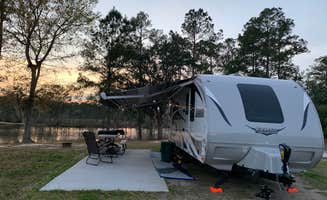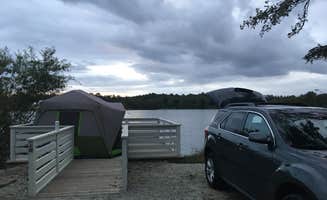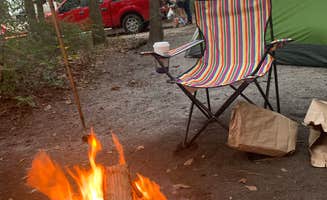My biggest regret is that I didn't read the reviews before booking. I'm usually very tolerant of small issues and I feel that hospitality goes a long way. Unfortunately, the issues weren't small and the hospitality was non-existent. But when we arrived at Spacious Skies RV park in Savannah we were made to feel unwelcome from the very beginning. We arrived at 11:15 am and were told we could only enter the park after 12:00pm after paying a$10 early check in fee. There were several empty sites but we were refused entry and told to go away and come back after noon. Our site#67 was a very small dirt and gravel spot just steps away from a busy highway. Honestly, we would have been better off at an interstate rest area. This is consistent with some of the reviews I've seen on their own website. Here's a summary of what I found: REVIEWS* Unreasonable refund policies.* Little or no flexibility for early or late check-ins* Some guests refused check-in after 8pm, even in cases out of their control, such as heavy traffic. Don't bother calling, they offer no exceptions.* Excessive fees and rules* Claims of racism* No sleeping in hammocks, even on a freestanding frame* Small, dirty and noisy sites too close to the highway.*Cockroaches*Turned away because RVs were not"factory made"*Dirty facilities. POLICIES AND FEES:* No check-in before noon, or after 8pm.(This is enforced, but not on the agreement you must docusign upon booking)* For an extra fee($10?) you can"lock-in" your chosen site.*$10 fee for guests who may wish to visit.*$10 fee for fishing.*$25 per pet per reservation* Retractable leashes MUST be less than 6 feet in length.* Pets must have a tag on their collar with the owner's phone number.* Golf carts(electric only) must be registered and inspected. Factory made golf carts only.* Prohibited Items: include, but are not limited to, flags, stickers, garden displays or site decor that are political in nature...* Apparently, there are some similar restrictions on speech. But they do encourage"...flags, stickers, garden displays or site decor that are meant to celebrate personal identity in a non-aggressive manner."* When you sign the agreement, you're also agreeing to allow them to use your photo in their advertisements. As long as they can extract as much money from you as possible, they will tolerate your presence. Due to their draconian refund policies, we wound up forfeiting all of the money we paid. In the end I don't regret it. We went about a mile down the road to Creekfire RV park where we were warmly greeted and immediately given a last-minute reservation for a lakeside spot with a wonderful view. I wish we could have stayed longer to enjoy all of their amenities, such a pool with a lazy river and a lakeside restaurant. There's also a KOA in Richmond Hill just a few miles to the south with friendly staff, lakeside sites and several restaurants.

